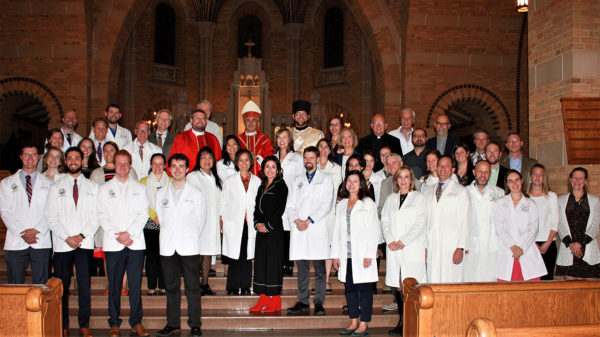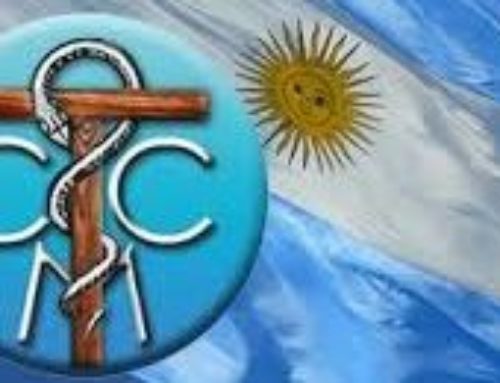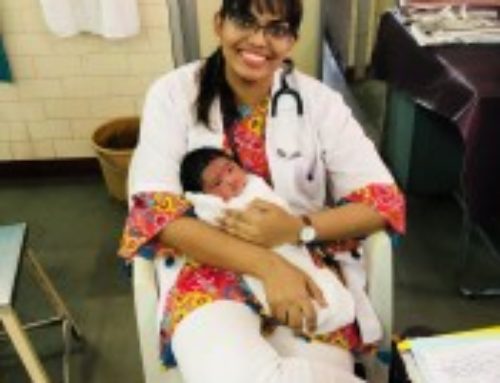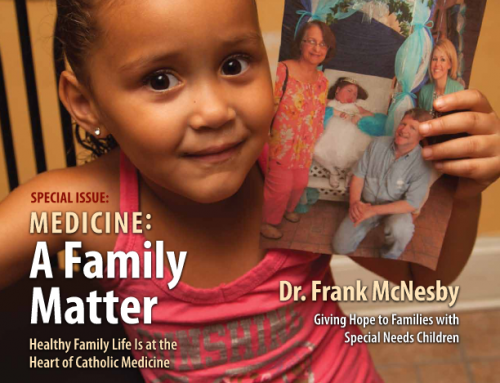(Photo: Denver Guild of the Catholic Medical Association)
1. Starting the process: The local Catholic medical organization, a worker in the diocese, a parish, or an individual Catholic physician contacts the diocese’s event coordinator to request that one of the bishop’s Masses be dedicated to the physicians in the diocese. At times the bishop will delegate, and at times the Mass will be said in a parish (rather than at the Cathedral). When the tradition first begins, it is best to have the White Mass on an already-scheduled weekend Mass (e.g. the Saturday vigil), so that it does not add extra to any of the ministers’ schedules. Invitation should be open to physicians, nurse practitioners, physician assistants, and indeed all healthcare practitioners to attend.
2. Spreading the news: Publicize the date of the White Mass widely. If the Catholic medical organization has a listserv or an email list, this is the first audience who should receive invitations to the event. Individual physicians invite others, such as personal friends and medical student groups and students in groups at universities and medical schools. Invite these practitioners to wear their white lab coats in order to be a visible sign for the faithful of who they are at the Mass, and to foster solidarity among themselves.
3. Planning the Mass: Readings for the day can be chosen, but readings can also be selected (with the ordinary’s permission) so that readings focus on healings and compassion, especially from the gospel of Luke. Lectors and those who bring up the gifts can be chosen from the healthcare practitioners planning to attend. A small gift can be prepared for the healthcare practitioners attending (e.g. a medal of St. Luke or a cross).
5. During the Mass: The healthcare practitioners can sit among the faithful, but it is very impactful to have them sit in the front, so seating may be reserved for this purpose. A key part of a White Mass is either a blessing of the healthcare practitioners present, or the renewal of the Hippocratic Oath. This is usually done after the homily or before the final blessing.
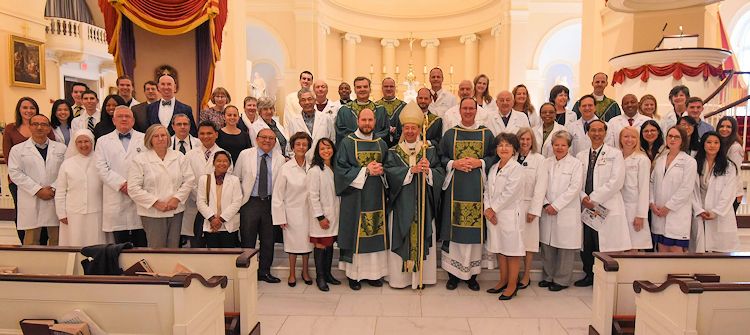
5. After the Mass: It is common to have a reception following Mass so that physicians and students can socialize together for mutual support. This is even a good opportunity to bring a low-cost speaker (e.g. a local Catholic physician or ethicist) to address the diocese’s physicians on some matter, either to encourage or educate them. If a diocese cannot arrange this the first time, perhaps having a table outside of the sanctuary to collect contact information from interested healthcare providers would at least provide some way to keep in touch with them, and provide a nucleus for chatting after Mass.

